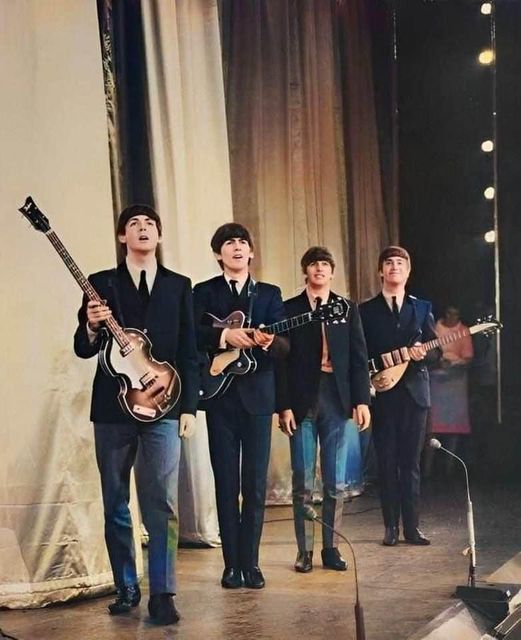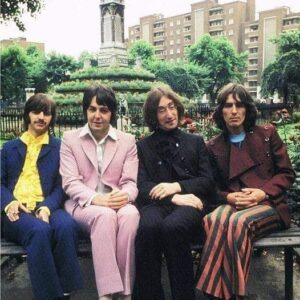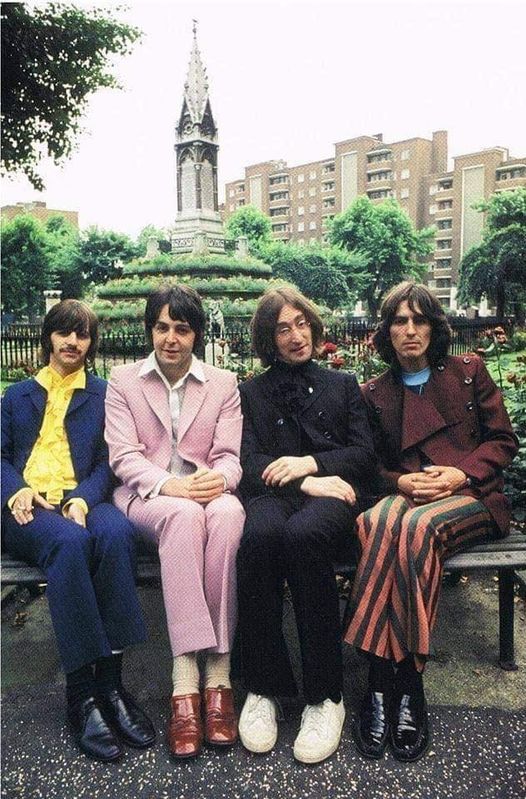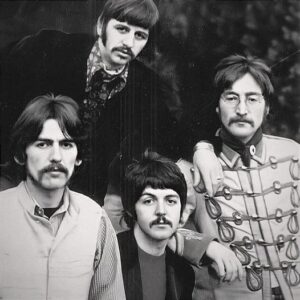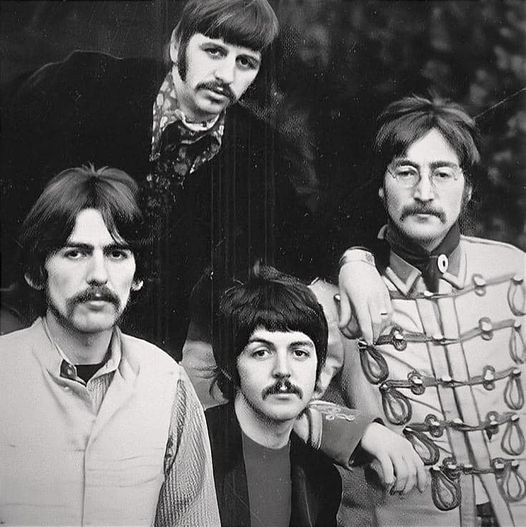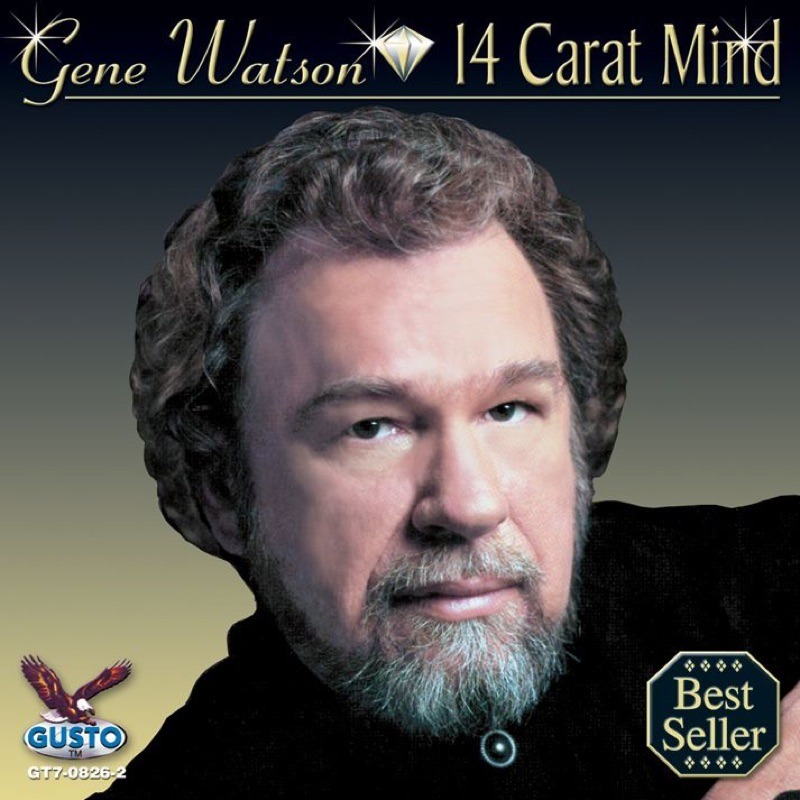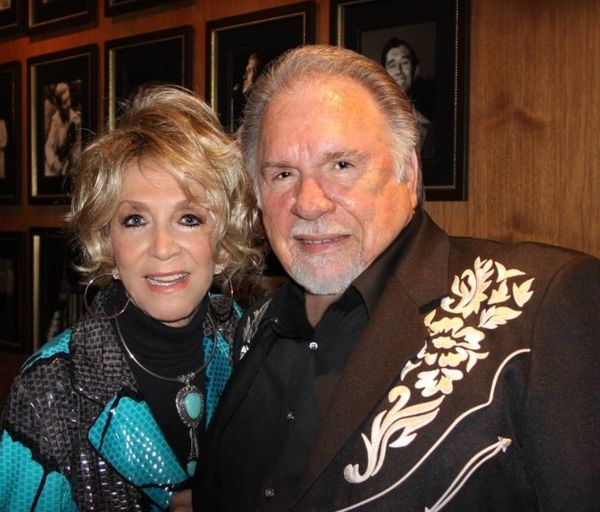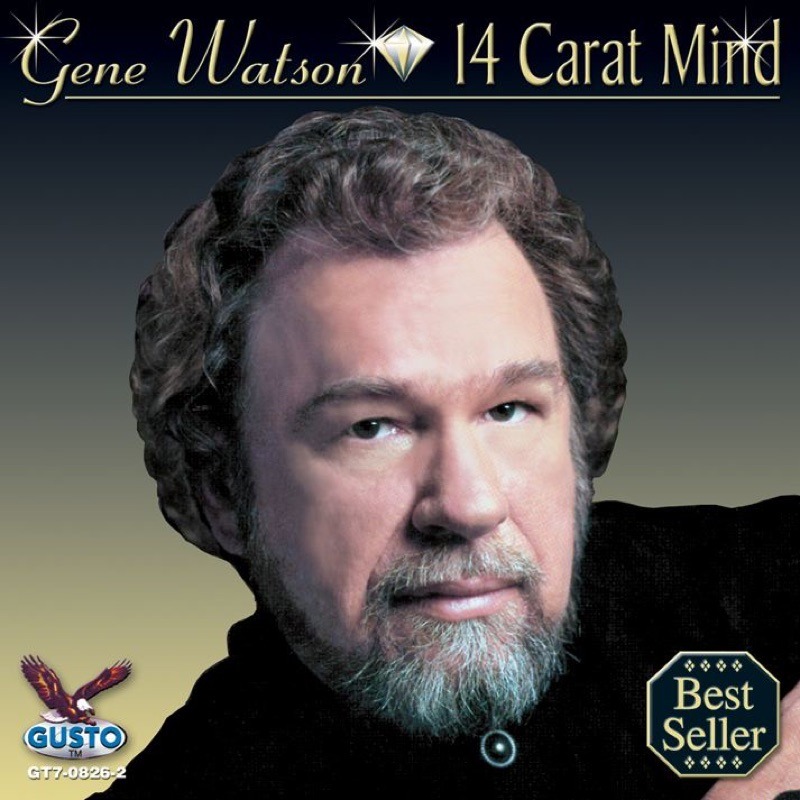“Baby, You’re a Rich Man” is one of The Beatles’ eclectic and experimental tracks, showcasing their ability to blend different musical styles and lyrical themes. Released as the B-side to the iconic “All You Need Is Love” single in 1967, this song represents the innovative spirit of the band’s late 1960s period. Co-written by John Lennon and Paul McCartney, “Baby, You’re a Rich Man” combines elements of psychedelia, pop, and Indian music, creating a unique and memorable listening experience.
The song’s origin lies in the fusion of two separate ideas from Lennon and McCartney. Lennon contributed the verses, initially conceived as a standalone song called “One of the Beautiful People,” while McCartney provided the chorus, with its catchy, anthemic refrain, “Baby, you’re a rich man.” The merging of these two fragments resulted in a seamless composition that captures the essence of The Beatles’ collaborative genius.
Lyrically, “Baby, You’re a Rich Man” explores themes of wealth, happiness, and the superficiality of material success. Lennon’s verses address the concept of being one of the “beautiful people,” a term that was popular in the 1960s counterculture to describe those who were socially and culturally influential. The lyrics, “How does it feel to be / One of the beautiful people?” suggest a critique of the superficial values often associated with fame and fortune. Lennon’s wry commentary is balanced by McCartney’s more uplifting chorus, which can be interpreted as a reminder that true wealth lies in one’s inner life and experiences.

